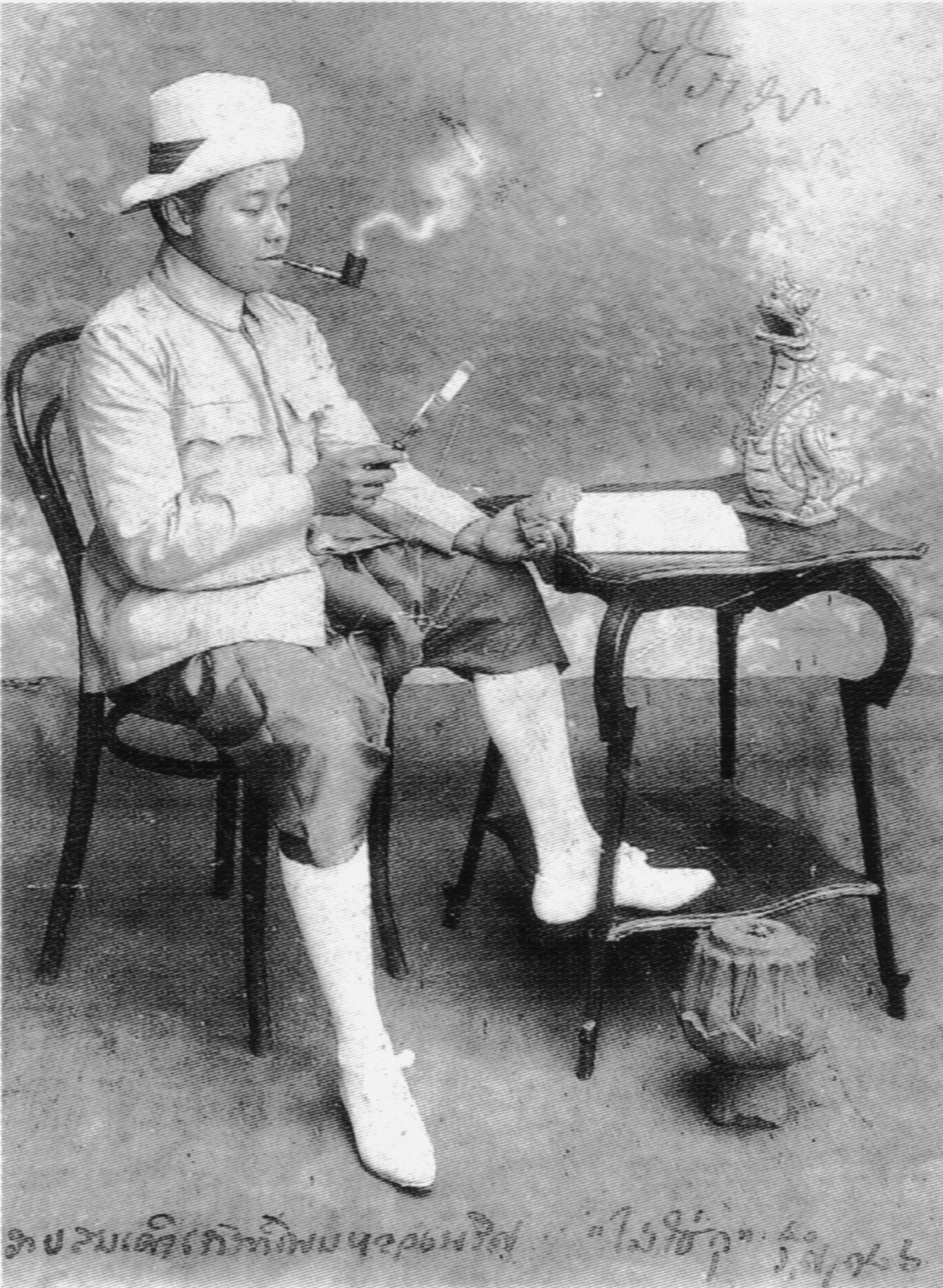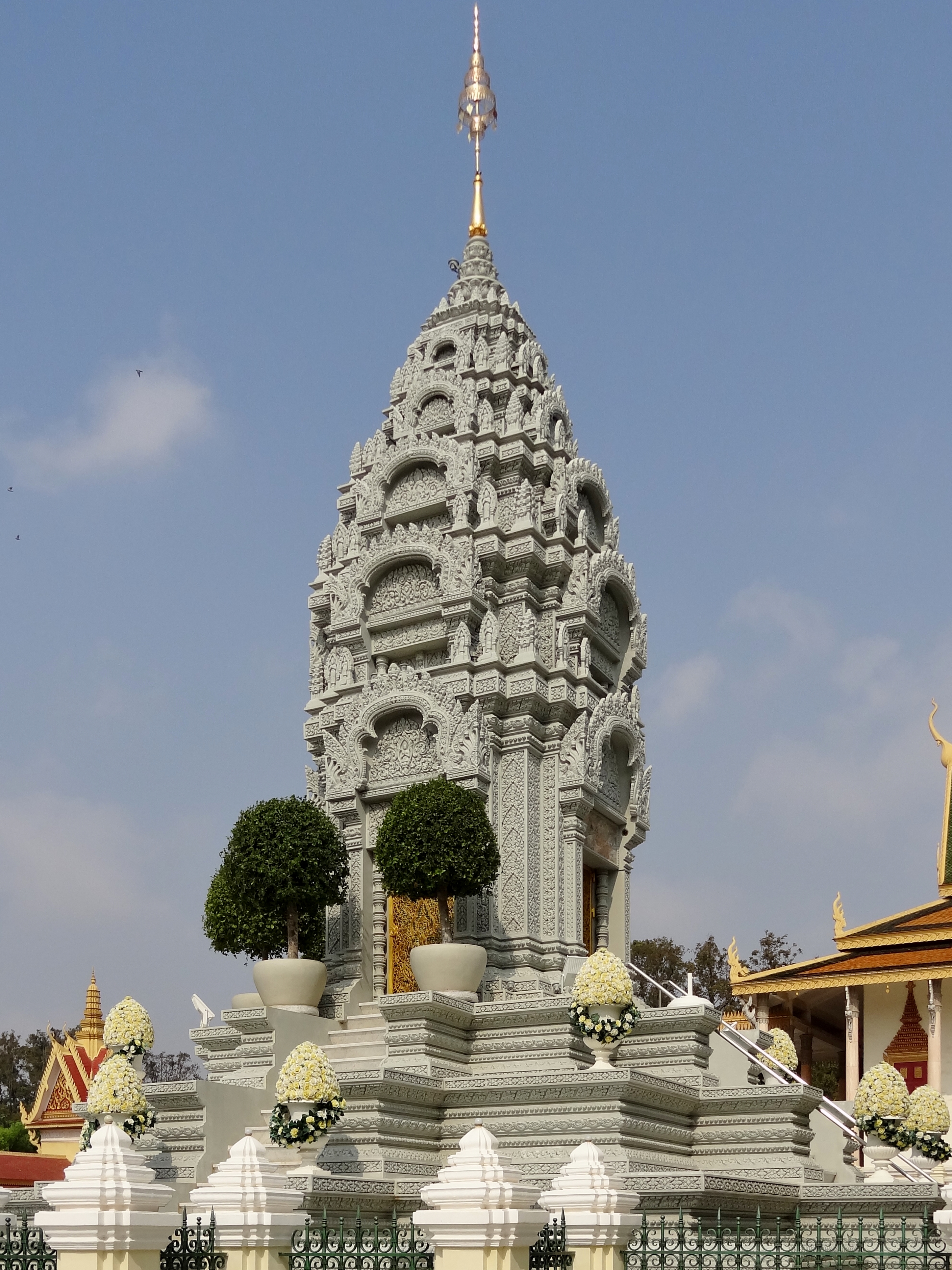|
Historic Town Of Sukhothai And Associated Historic Towns
The Historic Town of Sukhothai and Associated Historic Towns is a UNESCO World Heritage Site which consists of Sukhothai historical park, Kamphaeng Phet historical park and Si Satchanalai historical park. These historical parks preserve the remains of the three main cities of the Sukhothai Kingdom which flourished during the 13th and 14th century CE. The Sukhothai Kingdom is viewed as having been the first of the Thai kingdoms. Sukhothai Historical Park Sukhothai Historical Park (Thai: อุทยานประวัติศาสตร์สุโขทัย) covers the ruins of Sukhothai, which means 'Dawn of Happiness', capital of the Sukhothai Kingdom in the 13th and 14th centuries, in what is now the north of Thailand. It is near the Sukhothai Thani, modern city of Sukhothai, capital of a province of the same name. The city walls form a rectangle about 2 km east–west by 1.6 km north–south. There are 193 ruins on 70 square kilometers of land. There is a gate i ... [...More Info...] [...Related Items...] OR: [Wikipedia] [Google] [Baidu] |
Sukhothai Historical Park
Sukhothai Historical Park (Pronunciation) covers the ruins of Sukhothai, literally 'dawn of happiness', capital of the Sukhothai Kingdom in the 13th and 14th centuries, in north central Thailand. It is near the city of Sukhothai Thani, capital of Sukhothai Province. The city's walls form a rectangle about east-west by north-south. There are 193 ruins on of land. There is a gate in the centre of each wall. Inside are the remains of the royal palace and twenty-six temples, the largest being Wat Mahathat. The park is maintained by the Fine Arts Department of Thailand with help from UNESCO, which has declared it a World Heritage Site. Each year, the park welcomes thousands of visitors. History Khmer Era Originally, Sukhothai was a Khmer empire's outpost named ''Sukhodaya''. During the reign of Khmer Empire, the Khmers built some monuments there, several of them survived in Sukhothai Historical Park such as the Ta Pha Daeng shrine, Wat Phra Phai Luang, and Wat Sisawai. Ab ... [...More Info...] [...Related Items...] OR: [Wikipedia] [Google] [Baidu] |
Sukhothai Thani
Sukhothai Thani (, ) is a small town about north of Bangkok on the River Yom, a tributary of the Chao Phraya River. The population is 37,000. The town is east of the historic city of Sukhothai. This city was the capital of the first Thai kingdom, usually called the Sukhothai Kingdom The Sukhothai Kingdom was a post-classical Siamese kingdom (Mandala (political model), ''maṇḍala'') in Mainland Southeast Asia surrounding the ancient capital city of Sukhothai Historical Park, Sukhothai in present-day north-central Thaila ..., hence the modern city is often called New Sukhothai. Sukhothai Thani is the capital of Sukhothai province. Climate References External links * Populated places in Sukhothai province {{thailand-geo-stub ... [...More Info...] [...Related Items...] OR: [Wikipedia] [Google] [Baidu] |
Wat Phra Keaw In Kamphaeng Phet
A wat (, ; , ; , ; ; , ) is a type of Buddhist and Hindu temple in Cambodia, Laos, East Shan State (Myanmar), Yunnan (China), the Southern Province of Sri Lanka, and Thailand. Etymology The word ''wat'' is borrowed from the Sanskrit ''vāṭa'' (Devanāgarī: वाट), meaning "enclosure". The term has varying meanings in each region, sometimes referring to a specific type of government-recognised or large temple, other times referring to any Buddhist or Hindu temple. Overview In Buddhism, a ''wat'' is a Buddhist sacred precinct with vihara, a temple, an edifice housing a large image of Buddha and a facility for lessons. A site without a minimum of three resident ''bhikkhu''s cannot correctly be described as a wat although the term is frequently used more loosely, even for ruins of ancient temples. As a transitive or intransitive verb, ''wat'' means to measure, to take measurements; compare ''templum'', from which ''temple'' derives, having the same root as ''templa ... [...More Info...] [...Related Items...] OR: [Wikipedia] [Google] [Baidu] |
Mueang Kamphaeng Phet District
Mueang Kamphaeng Phet (, ) is the capital district ('' amphoe mueang'') of Kamphaeng Phet province, central Thailand. Geography Neighboring districts are (from the northwest clockwise) Kosamphi Nakhon, Phran Kratai, Sai Ngam, Khlong Khlung, Khlong Lan of Kamphaeng Phet Province and Wang Chao of Tak province. History In 1917 the district was renamed Mueang Kamphaeng Phet. Administration Central administration The district Mueang Kamphaeng Phet is divided into 16 sub-districts (''tambons''), which are further subdivided into 220 administrative villages (''mubans''). Missing numbers are the ''tambon'' which now form Kosamphi Nakhon District. Local administration There are two towns (''thesaban mueangs'') in the district: * Kamphaeng Phet (Thai: ) consisting of sub-district Nai Mueang. * Nong Pling (Thai: ) consisting of sub-district Nong Pling. There are five sub-district municipalities (''thesaban tambon Thesaban (, , , Pali, Pali: desapāla (protector of re ... [...More Info...] [...Related Items...] OR: [Wikipedia] [Google] [Baidu] |
Wat Si Chum 02
A wat (, ; , ; , ; ; , ) is a type of Buddhist and Hindu temple in Cambodia, Laos, East Shan State (Myanmar), Yunnan (China), the Southern Province of Sri Lanka, and Thailand. Etymology The word ''wat'' is borrowed from the Sanskrit ''vāṭa'' (Devanāgarī: वाट), meaning "enclosure". The term has varying meanings in each region, sometimes referring to a specific type of government-recognised or large temple, other times referring to any Buddhist or Hindu temple. Overview In Buddhism, a ''wat'' is a Buddhist sacred precinct with vihara, a temple, an edifice housing a large image of Buddha and a facility for lessons. A site without a minimum of three resident ''bhikkhu''s cannot correctly be described as a wat although the term is frequently used more loosely, even for ruins of ancient temples. As a transitive or intransitive verb, ''wat'' means to measure, to take measurements; compare ''templum'', from which ''temple'' derives, having the same root as ''templa ... [...More Info...] [...Related Items...] OR: [Wikipedia] [Google] [Baidu] |
Laterite
Laterite is a soil type rich in iron and aluminium and is commonly considered to have formed in hot and wet tropical areas. Nearly all laterites are of rusty-red coloration, because of high iron oxide content. They develop by intensive and prolonged weathering of the underlying parent rock, usually when there are conditions of high temperatures and heavy rainfall with alternate wet and dry periods. The process of formation is called laterization. Tropical weathering is a prolonged process of chemical weathering which produces a wide variety in the thickness, grade, chemistry and ore mineralogy of the resulting soils. The majority of the land area containing laterites is between the tropics of Cancer and Capricorn. Laterite has commonly been referred to as a soil type as well as being a rock type. This, and further variation in the modes of conceptualizing about laterite (e.g. also as a complete weathering profile or theory about weathering), has led to calls for the term to be ... [...More Info...] [...Related Items...] OR: [Wikipedia] [Google] [Baidu] |
Yom River
The Yom River (, , ; , ) is a river in Thailand. It is the main tributary of the Nan River (which itself is a tributary of the Chao Phraya River). The Yom River has its source in the Phi Pan Nam Range in Pong District, Phayao Province. Leaving Phayao, it flows through the Phrae and Sukhothai provinces as the main water resource of both provinces before it joins the Nan River at Chum Saeng District, Nakhon Sawan Province. Tributaries Tributaries of the Yom include the Nam Mae Phong (), Ngao River, Nam Ngim, Huai Mae Sin, Nam Suat (), Nam Pi, Mae Mok, Huai Mae Phuak, Mae Ramphan, Nam Mae Lai, Nam Khuan, and Nam Mae Kham Mi. Yom Basin The Yom river and its tributaries drain a total area of of land (called the Yom Basin) in the provinces of Sukhothai, Phitsanulok, Phichit, Phrae, and Lampang. The Yom Basin is part of the Greater Nan Basin and the Chao Phraya Watershed. A controversial large dam A dam is a barrier that stops or restricts the flow of surface wa ... [...More Info...] [...Related Items...] OR: [Wikipedia] [Google] [Baidu] |
Sukhothai Kingdom
The Sukhothai Kingdom was a post-classical Siamese kingdom (Mandala (political model), ''maṇḍala'') in Mainland Southeast Asia surrounding the ancient capital city of Sukhothai Historical Park, Sukhothai in present-day north-central Thailand. It evolved from a trading hub to a city-state in 1127 and emerged into the kingdom by Si Inthrathit in 1238. Sukhothai existed as an independent polity until 1438 when it fell under the influence of the neighboring Ayutthaya Kingdom, Ayutthaya after the death of Maha Thammaracha IV, Borommapan (Maha Thammaracha IV). Sukhothai was originally a trade center in Lavo Kingdom, Lavo—itself under the suzerainty of the Khmer Empire from 946–1052—when Thai people, Central Thai people led by Pho Khun Bang Klang Hao, a local leader, revolted and gained their independence. Bang Klang Hao took the regnal name of Si Inthrathit and became the first monarch of the List of Thai monarchs#Sukhothai Kingdom (1238–1438), Phra Ruang dynasty. The ki ... [...More Info...] [...Related Items...] OR: [Wikipedia] [Google] [Baidu] |
Sukhothai Province
Sukhothai (, ) is one of Thailand's seventy-six provinces (''changwat''); it lies in lower northern Thailand. Neighboring provinces are Phrae, Uttaradit, Phitsanulok, Kamphaeng Phet, Tak, and Lampang. Sukhothai can be translated as 'dawn of happiness'. Etymology The modern-day province of Sukhothai was named after the Sukhothai Kingdom that once ruled the area, which in turn borrowed its name from the Sanskrit terms ''sukha'' ( 'happiness') + ''udaya'' ( 'rise', 'emergence'), meaning 'dawn of happiness'. Geography Sukhothai is in the valley of the Yom River in the lower north of Thailand. The provincial capital, Sukhothai Thani is north of Bangkok and south of Chiang Mai. The province covers . The Khao Luang Mountain Range, with its four main peaks: Khao Phu Kha, Khao Phra Mae Ya, Khao Chedi, and Pha Narai, lies within the Ramkhamhaeng National Park in the south of the province. Si Satchanalai National Park is in the northwest, protecting the mountainous forest areas ... [...More Info...] [...Related Items...] OR: [Wikipedia] [Google] [Baidu] |






